Warmer weather is here, and it’s time to get outside and take full advantage of these beautiful sunny days. For many people, that means spending time cultivating a vegetable patch or flower bed. If you’ve never tried gardening before but would like to try it this year, here are some of the best easy tricks to put you on the fast track to garden success.
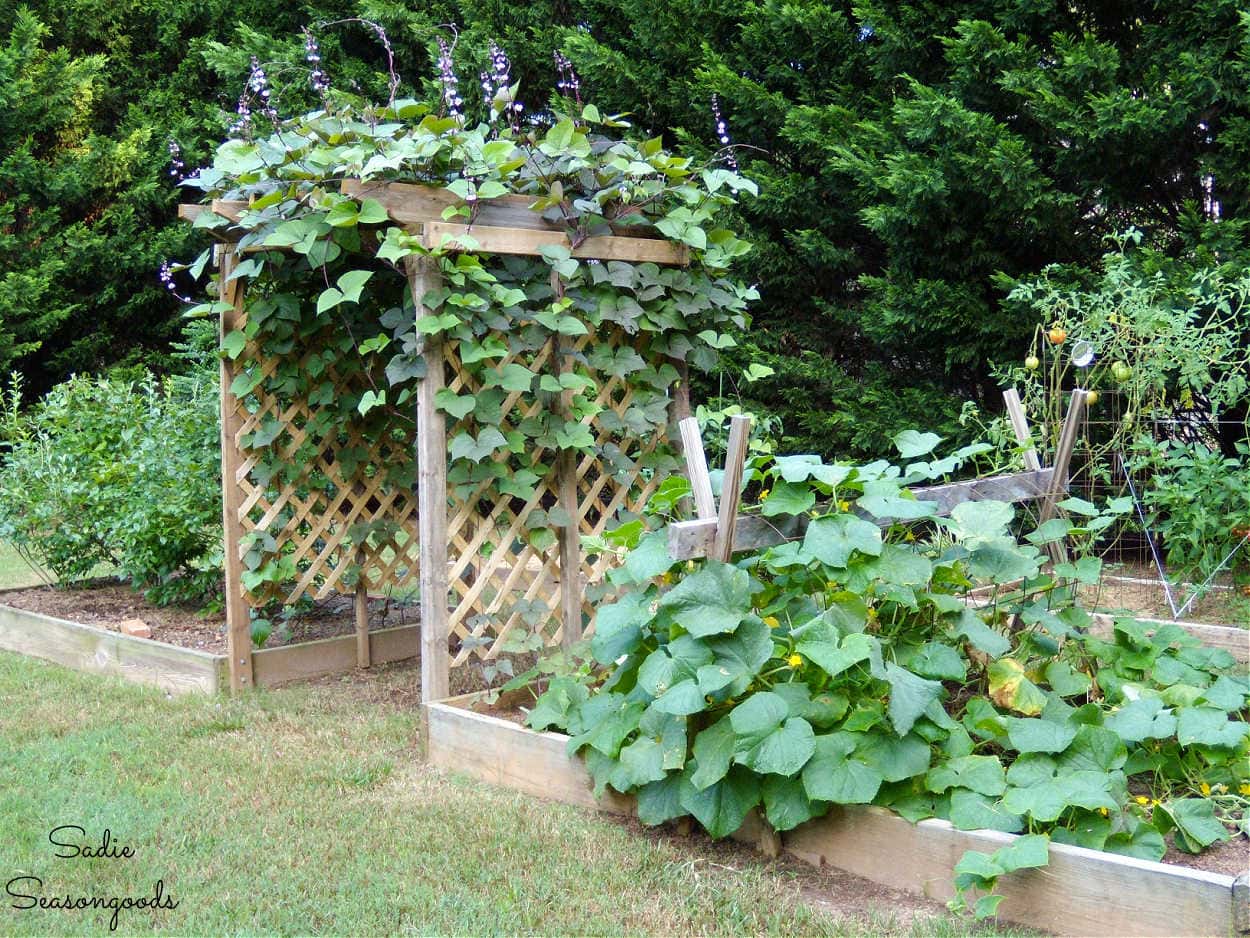
Image credit: Sadie Seasongoods.
Many novice gardeners are apprehensive when they first start out. The fear of weeds taking over. Or discovering that they don’t have much of a green thumb at all. It can be intimidating enough to cause many of those interested in gardening to put it off year after year.
Gardening can also be a bit of an investment, and it can get expensive. Especially if you suddenly find yourself buying every plant and gadget in the garden center in an attempt to keep things alive.
A basic plan, along with a list of plants that are almost guaranteed to thrive, will make your first attempts at gardening a rewarding and affordable endeavor.
Basic Gardening Tools You’ll Need
Every experienced gardener seems to have a favorite garden tool or brand that they swear by, and the yard maintenance sections of big box stores are bursting at the seams with new garden gizmos every spring. The truth is the tools and materials you need to grow a beautiful garden are very simple, and even the basics you purchase at a discount store can last you through years and years of growing seasons.
You may choose to upgrade one or two favorite tools after a few years. Thankfully, you’ll never need to have top-of-the-line everything to have a garden that will impress your friends and neighbors.
Plants need to be planted, fed, watered, weeded, and pruned. The tools you’ll need to help you accomplish those tasks are quite basic.
A small set of hand tools will get you well on your way with many garden chores. These include a spade, pruners, and a cultivator,
A larger shovel with a sharp pointed tip will make digging deep holes an easy task, and a leaf rake will help you clear away debris, smooth out mulch, and wrangle fallen leaves in autumn. A good quality hose will make your life easier for watering, but a simple watering can will do just fine as well.
Adding a basic granular plant food to your garden toolkit will be a choice your future self will thank you for. Adding plant food to your watering can once every week or two during the peak of the growing season will result in beautiful blooms, an abundant harvest, and happy green foliage throughout your garden.
Prepare for Planting
You’ve no doubt heard terms like “soil amendments,” “companion planting,” and “crop rotation,” and these fancy gardening phrases may have led you to believe that there’s a lot of planning that needs to happen before you plant and a lot that can go wrong if you don’t do it properly. While some of these methods will lead to incremental performance improvements for expert gardeners, you have a great chance of success with your beginner garden if you keep things very simple.
First, clean up the area by raking and clearing away dead leaves or plants from the previous year. Deal with any pests that are immediately visible as well by brushing away spider webs or using a homemade ant killer on any ant colonies in the area.
You’ll need three things to prepare for planting:
- The simple tools we mentioned earlier;
- A few bags of garden soil or potting mix; and
- Some small nursery seedling plants from the garden center.
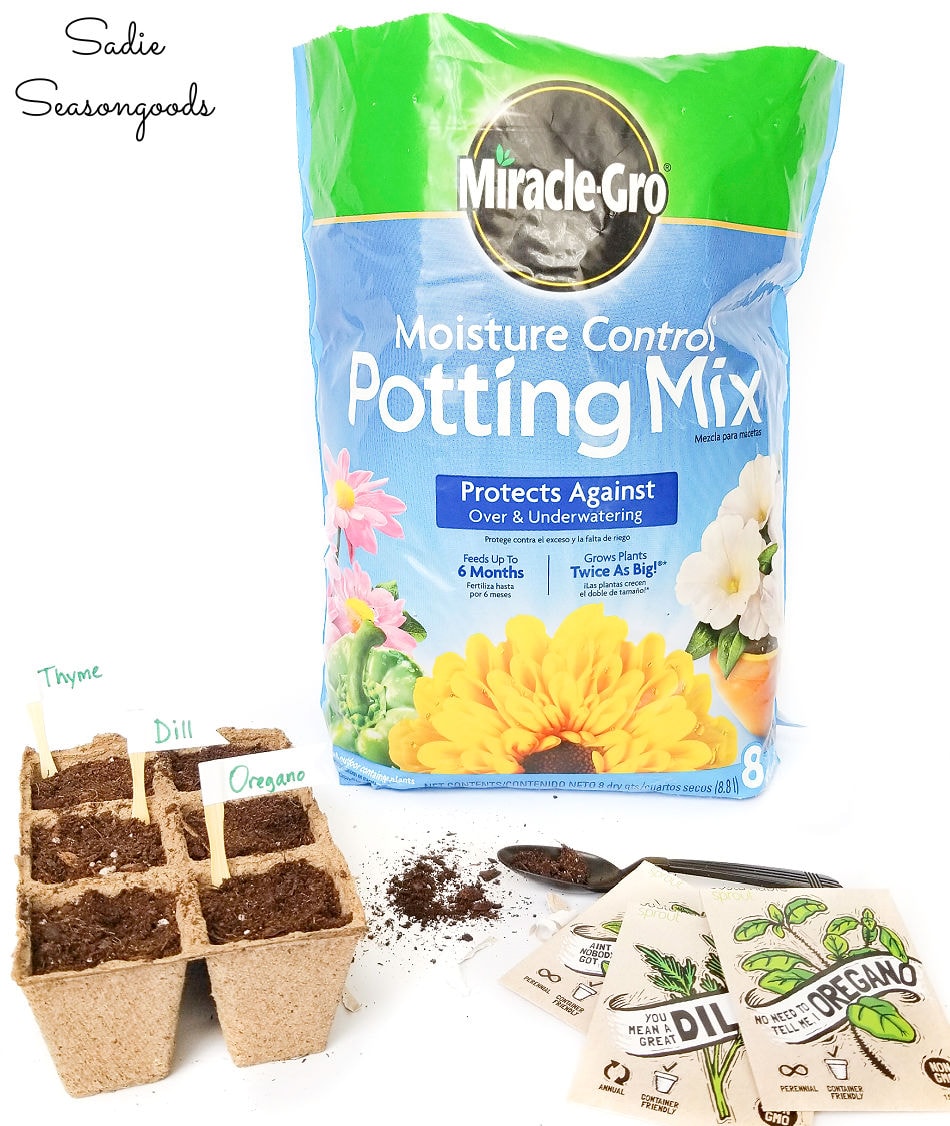
Image credit: Sadie Seasongoods.
Garden soil and potting mix are an excellent gardening shortcut for beginners and expert gardeners alike. This is because they’re soft and workable, filled with built-in nutrients like compost and plant food, and generally free from contaminants like weeds that can sneak into your garden beds if you’re using dirt from another part of your yard. Choose garden soil if you’re working directly in the ground. Conversely, choose potting mix for container gardens or filling planters.
Choosing small nursery plants for most veggie patch additions, bedding plants, and porch pots will give you a frustration-free head start compared to growing from seed. For garden newbies, the instant gratification of seeing a garden full of tiny, happy plants makes the experience motivating and exciting. This way, you can keep up with tending to the garden successfully throughout the rest of the growing season.
Plants for Easy Vegetable Gardening
Be forewarned that just because a vegetable is a common staple of your weekly grocery store trip or your Saturday visit to the farmer’s market doesn’t mean it’s easy to grow by yourself in your backyard vegetable garden without experience. There are definitely some veggies and edible crops that are difficult to grow well because of care requirements or insect problems, and you’ll be doing yourself a big favor if you steer clear of these and just focus on the plants that deliver a big reward for very little work.
If you find easy success during your first year as a gardener, you can attempt to add one or two more challenging plant types to your veggie patch the following year. If you work at adding to your skills and knowledge as a gardener a little at a time, you’ll gain wisdom more effectively and have a lot more fun as well.
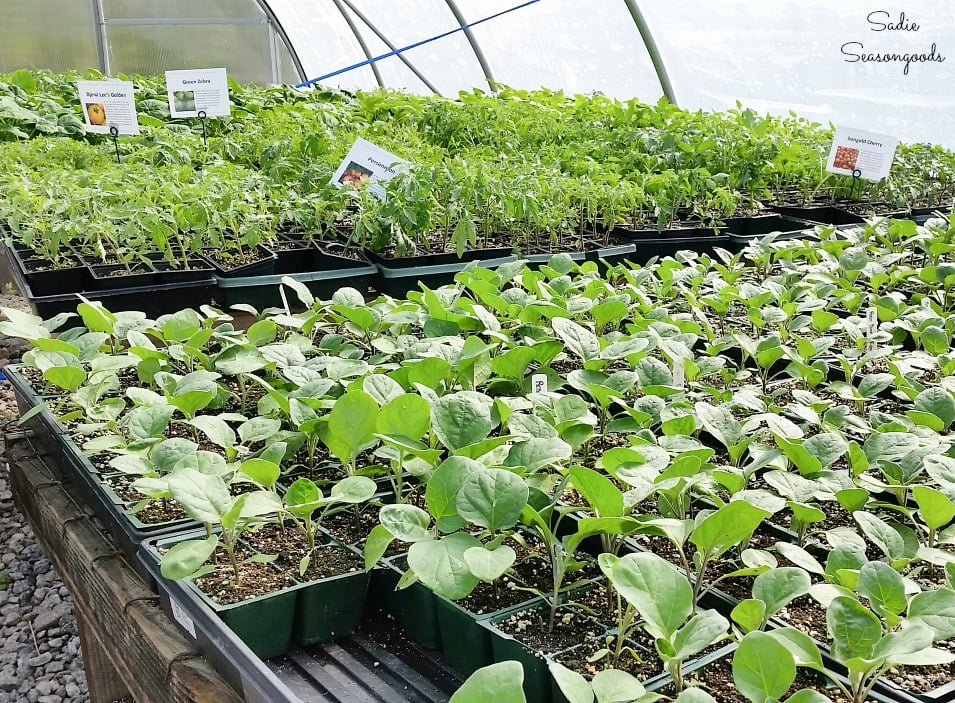
Image credit: Sadie Seasongoods.
So what are these easy plants that practically grow themselves?
Zucchini is, of course, one of the most famously abundant vegetables to grow. The good news is that any of the beautifully eye-catching summer squash varieties are just as simple and carefree.
Pumpkins are another squash variety that you absolutely must try growing if you have the space. They fill your garden with lush green leaves all summer. And there’s nothing more fun than picking pumpkins from your own pumpkin patch in the fall.
Not many things are more delicious than a ripe summer tomato straight from the vine. But be careful about how many young tomato plants you pick up from the nursery. You’ll find yourself drowning in tomatoes by August and September.
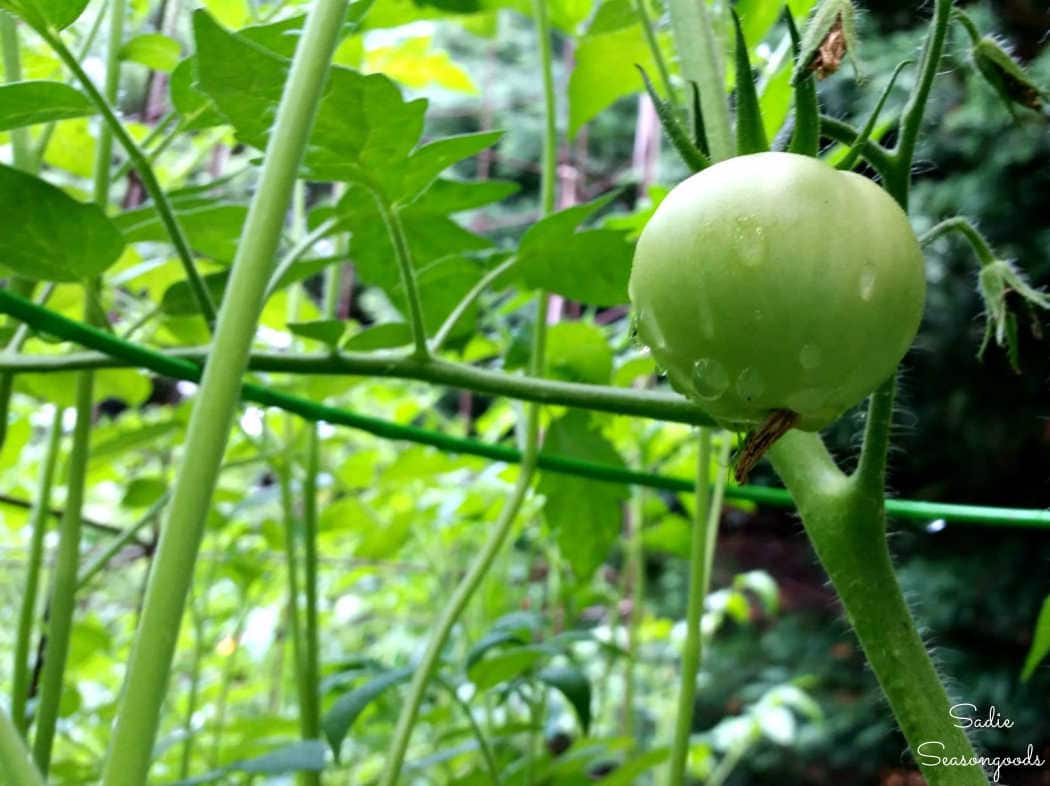
Image credit: Sadie Seasongoods.
A basil plant or two can be the perfect complement to all those tomatoes. And just one plant can give you fresh herbs all season long! But only if you learn how to harvest basil properly for large yields and healthy, productive plants.
If you enjoy greens, you might be surprised to learn that both kale and Swiss chard are actually very easy to grow. Both of these plants will regrow over and over again each time you harvest.
Easy-to-grow plants that don’t require a lot of care and regrow rather than requiring you to worry about succession planting throughout the season are both great gardening shortcuts for beginners.
Gardening in Beds
Have visions of lush, full perennial gardens and flower beds overflowing with blooms but don’t want to commit to the years of flower gardening it can take? These landscaping plants can put you on a fast track to full garden beds.
In shaded areas, larger hosta varieties and the groundcover creeping jenny will spread to cover a lot of ground. They provide beautiful green foliage for three seasons. Plus, they will brighten your shade garden with beautiful blooms at the peak of summer.
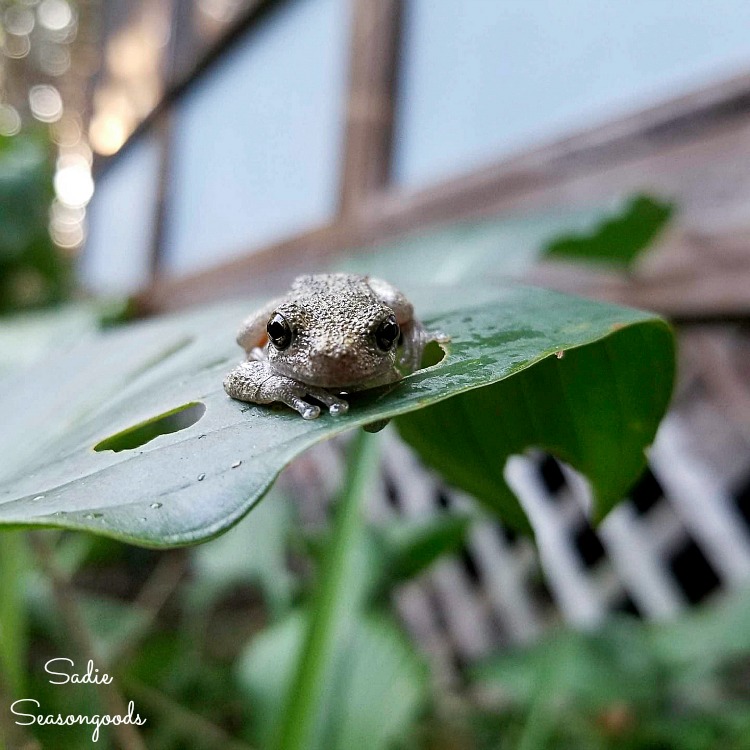
Image credit: Sadie Seasongoods.
In full sun, a garden of colorful cone flowers, cheerful daylilies, deeply-hued salvia, and autumn-blooming asters will expand quickly and provide flowers throughout the growing season.
Successful gardening for beginners is all about finding easy wins that don’t require a lot of time spent weeding or prior gardening knowledge. Once you know how to grow a few basic garden plants, you may find your interest in gardening grows. From there, you can move on to more challenging plant varieties and horticultural adventures.
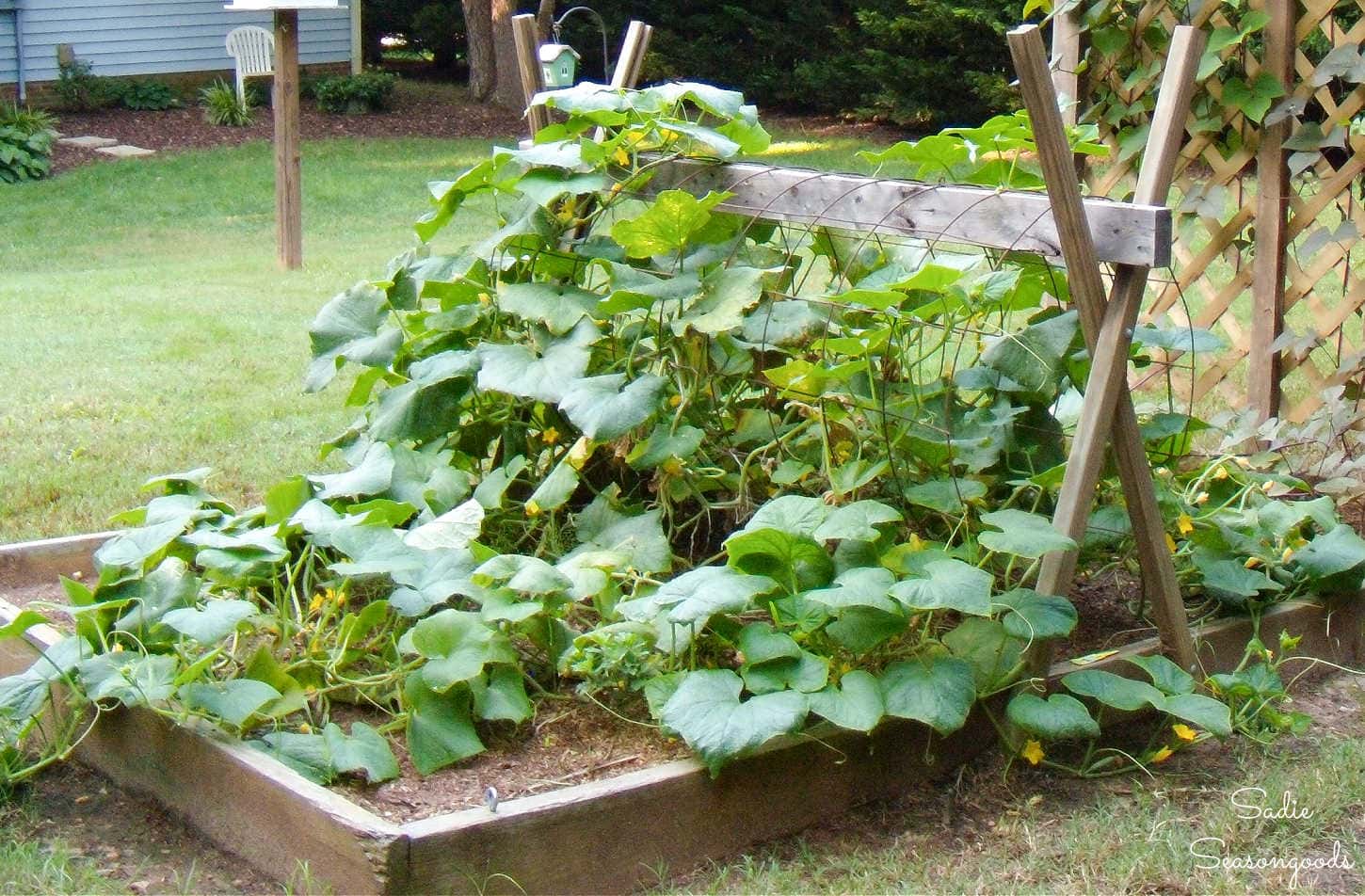
Image credit: Sadie Seasongoods.
This article originally appeared on Pink When.
~~~
PIN ME!
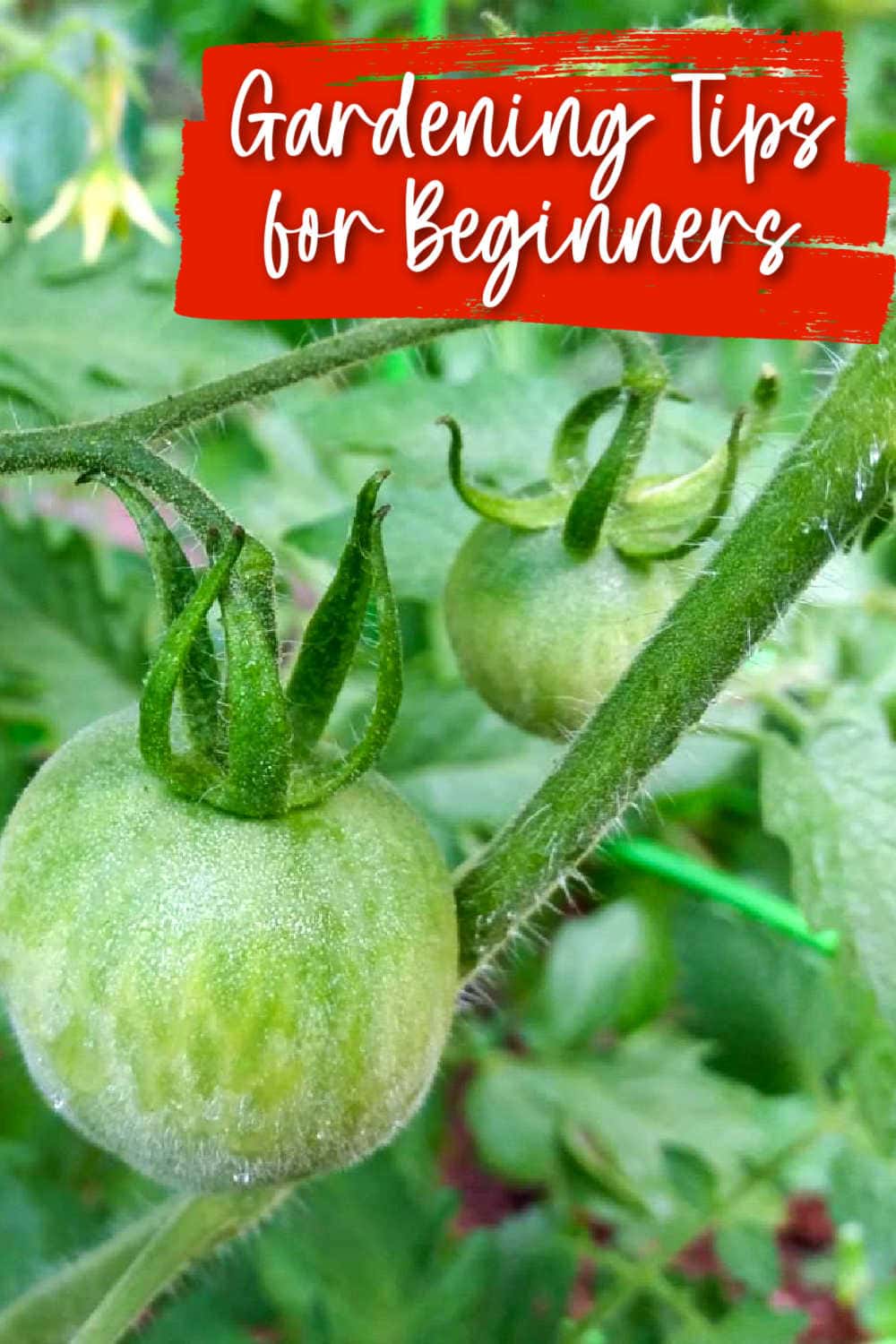
Image credit: Sadie Seasongoods.
Courtenay Hartford
Courtenay Hartford is the author of creeklinehouse.com, a blog based on her adventures renovating a 120-year-old farmhouse in rural Ontario, Canada. Courtenay shares interior design tips based on her own farmhouse and her work as founder and stylist of the interior photography firm Art & Spaces. She also writes about her farmhouse garden, plant-based recipes, family travel, and homekeeping best practices. Courtenay is the author of the bookThe Cleaning Ninjaand has been featured in numerous publications including Country Sampler Farmhouse Style, Better Homes and Gardens, Parents Magazine, and Real Simple.
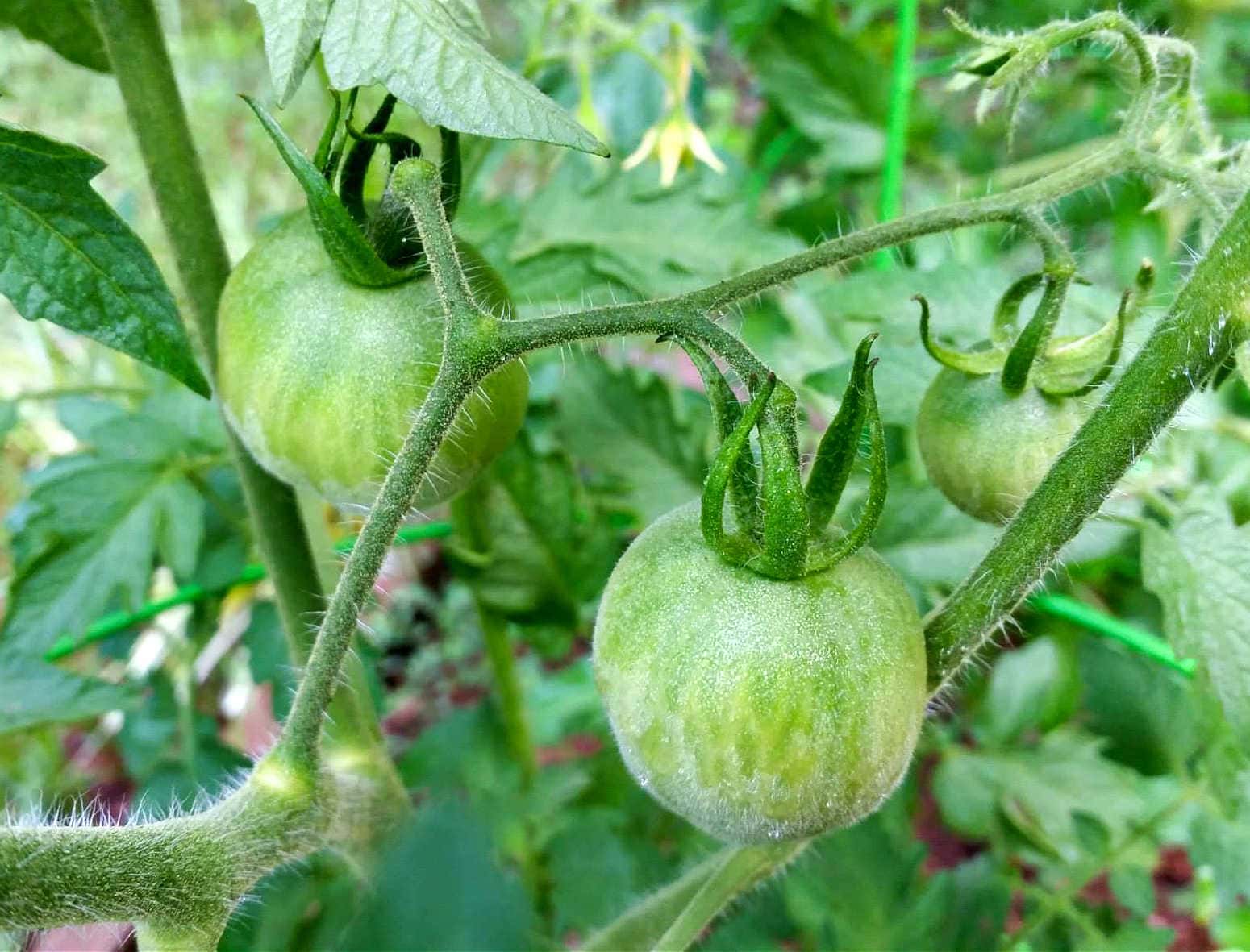
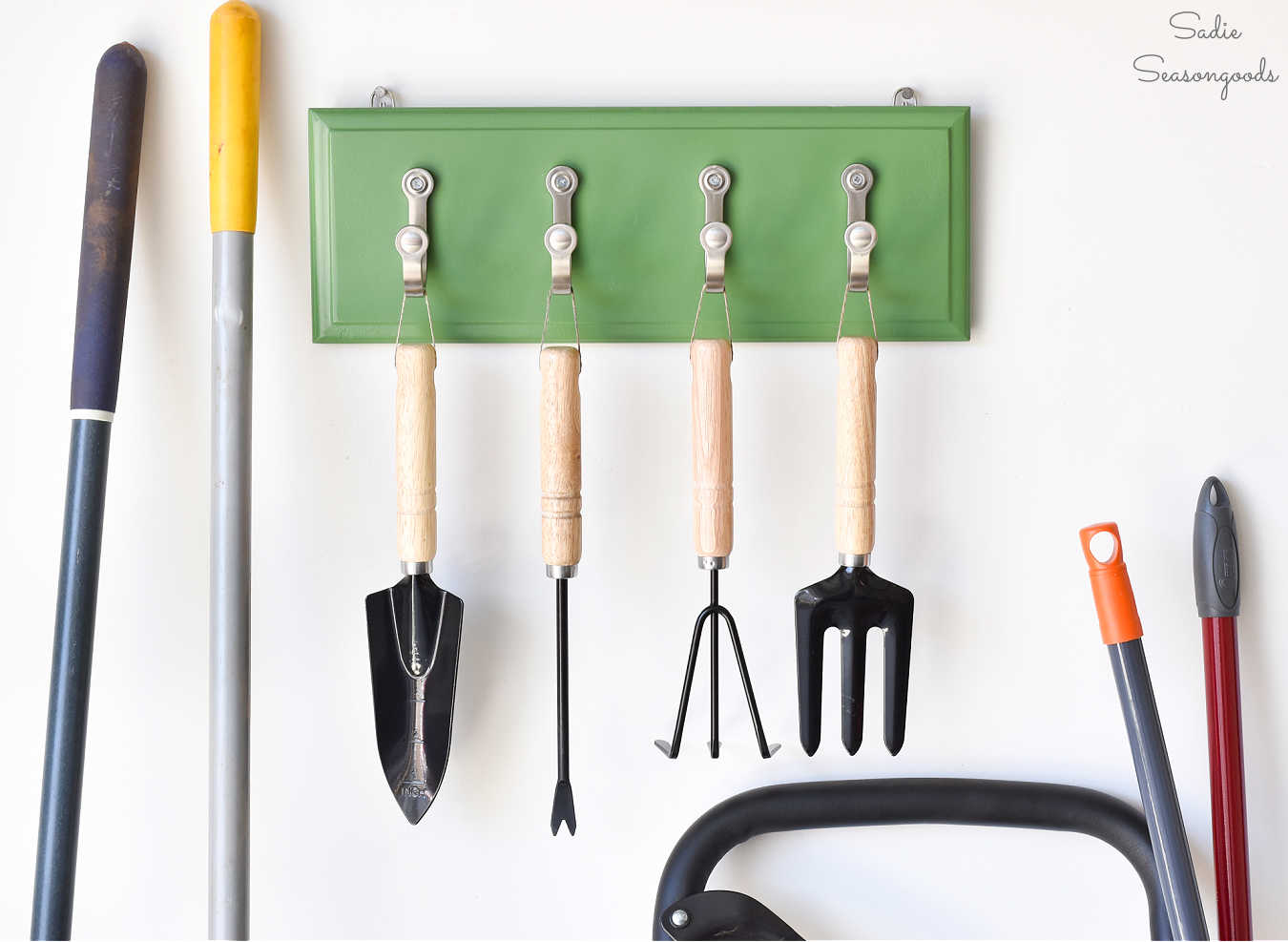




Have a question or like what you see? Please let me know!